Share This Post:
A classroom transformation refers to the intentional and creative modification of a classroom environment to enhance student engagement, learning experiences, and overall classroom atmosphere. It involves changing the physical space, resources, and instructional methods to create an immersive and dynamic learning environment that aligns with specific themes or topics.
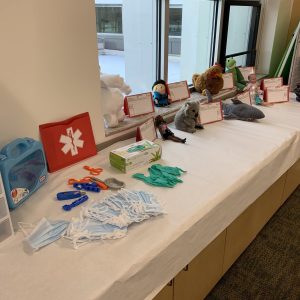
Here are some key elements and ideas often associated with classroom transformations:
1. Thematic Environment: The classroom is transformed into a specific theme or concept that relates to the curriculum or a particular unit of study. For example, turning the classroom into a rainforest for a science unit on ecosystems or transforming it into a historical setting for a social studies lesson.
2. Decorations and Props: The physical space is adorned with relevant decorations, props, and visuals that create an immersive atmosphere. This can include wall displays, posters, artwork, charts, and even furniture arrangement to match the theme or topic being explored.
3. Engaging Learning Stations: Classroom transformations often include the setup of various learning stations or centers. Each station offers different activities or tasks related to the theme, allowing students to explore and interact with the content in a hands-on and meaningful way.
4. Role-Play and Dramatization: Transforming the classroom can involve role-playing or dramatization to bring concepts to life. Students may take on specific roles, simulate real-life scenarios, or participate in reenactments that deepen their understanding and engagement.
5. Multimedia and Technology Integration: Classroom transformations can incorporate multimedia elements such as videos, audio clips, interactive presentations, or digital resources to enhance the learning experience and provide different modes of engagement.
6. Student Ownership and Collaboration: Students are actively involved in the transformation process, allowing them to take ownership of their learning environment. They can contribute to the decorations, design stations, or even suggest ideas for the transformation.
The goal of a classroom transformation is to create a memorable and immersive learning experience that sparks curiosity, engages students’ senses, and promotes active participation. It can be a powerful tool for fostering creativity, motivation, and a positive classroom culture.
Here are some examples of classroom transformations that you can consider:
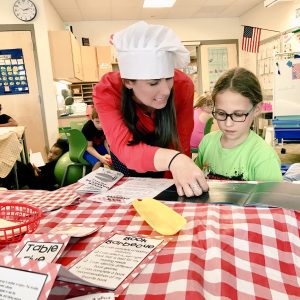
1. Underwater Adventure: Transform the classroom into an underwater world with blue walls, hanging fish, and ocean-themed decorations. Create learning stations where students explore marine life, conduct experiments with water, and engage in writing activities related to the ocean.
2. Space Exploration: Turn the classroom into an outer space adventure with black walls, hanging stars, and planets. Set up stations where students learn about the solar system, conduct experiments related to gravity, and engage in creative writing or art projects inspired by space.
3. Rainforest Expedition: Create a rainforest environment with greenery, hanging vines, and animal cutouts. Set up stations where students learn about rainforest ecosystems, study biodiversity, and engage in hands-on activities related to plants and animals found in rainforests.
4. Historical Time Period: Transform the classroom into a specific historical era, such as the Ancient Egyptian civilization or the American Revolutionary War. Create different stations where students experience aspects of the time period, such as writing on papyrus scrolls, conducting archaeological digs, or participating in role-plays of historical events.
5. STEM Lab: Design the classroom as a STEM (Science, Technology, Engineering, and Mathematics) lab with interactive displays, hands-on experiments, and engineering challenges. Create stations where students can explore different STEM concepts, build structures, and engage in problem-solving activities.
6. Storybook Land: Turn the classroom into a storybook setting based on a favorite book or fairytale. Create different stations that bring the story to life, such as a castle-themed reading nook, an art station to illustrate scenes, or a writing corner to create their own stories.
7. Global Cultures: Create a multicultural environment where different corners of the classroom represent various countries or cultures. Students can explore artifacts, learn about traditions, taste international snacks, and engage in activities that promote cultural understanding.
Remember, the possibilities for classroom transformations are limitless. The key is to align the transformation with the curriculum, learning goals, and student interests to create an immersive and engaging learning experience.

More on FWT! Check out my post on Building Student Agency in the Blended Learning Classroom?
Save These Classroom Transformation Ideas!
Don’t forget to pin this post to your teacher board to keep these great tips for your Classroom Transformations handy! And “Follow” Fair Winds Teaching to stay up to date on all the latest!
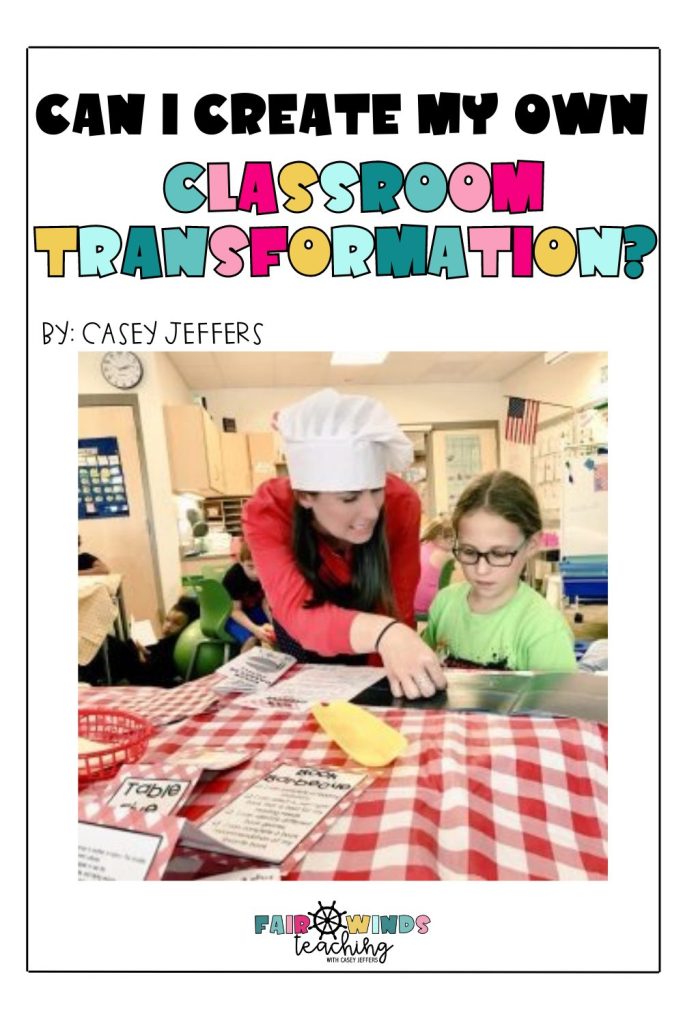







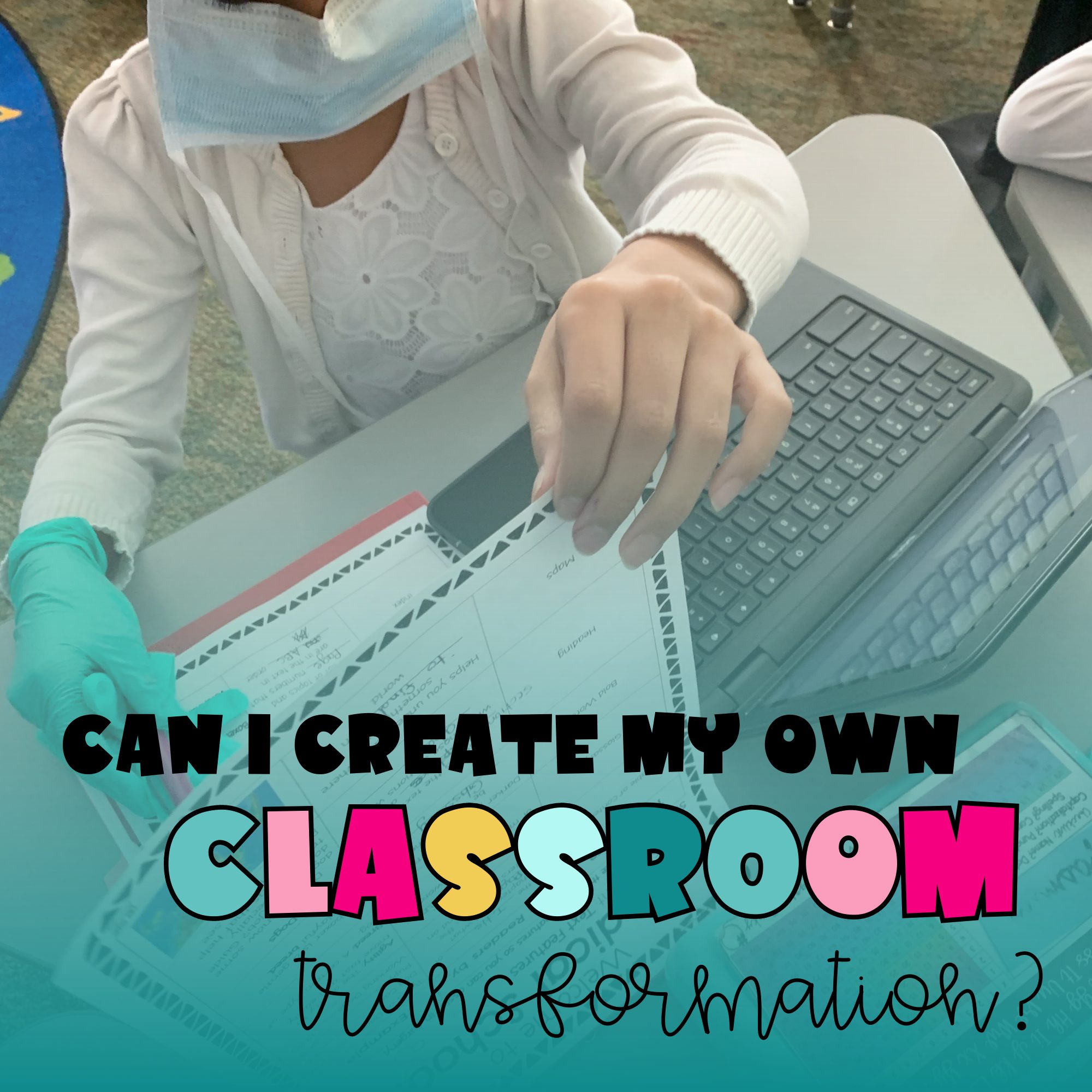

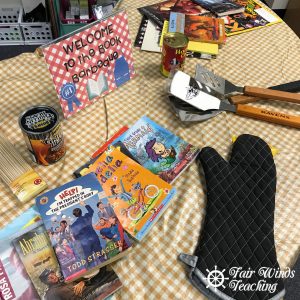
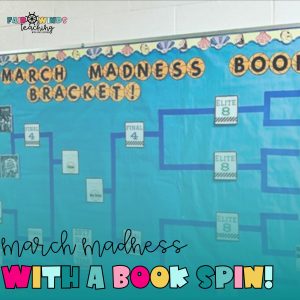
Pingback: Fair Winds Teaching Lifetime Membership! - Fair Winds Teaching
Pingback: Mini Book Templates for the WIN! - Fair Winds Teaching